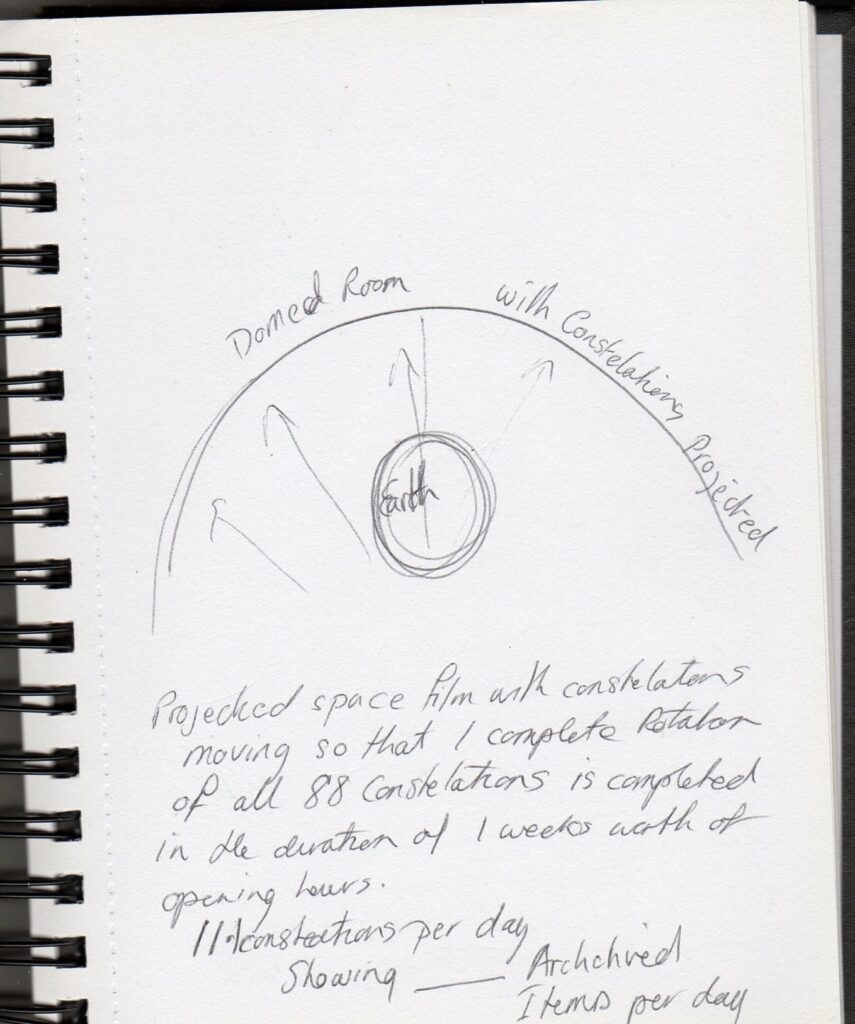
Night Sky Map & Planets Visible Tonight in London (timeanddate.com)
I decided to try to join images from skymap to used as a base for my idea.
I took images from north, south, east and west with a view to joining them. When I put them in photoshop I realise that because they are from different angles the constellations are at different angles too, making it very difficult to line up as a flat image. Essentially I need the flexify filter, one that I have used at work which enables flat artwork to be made into a sphere. Unfortunately I don’t have access to flexify at the moment, so will probably need a rethink. I could try warping to line up but I think the end result will be blurred.
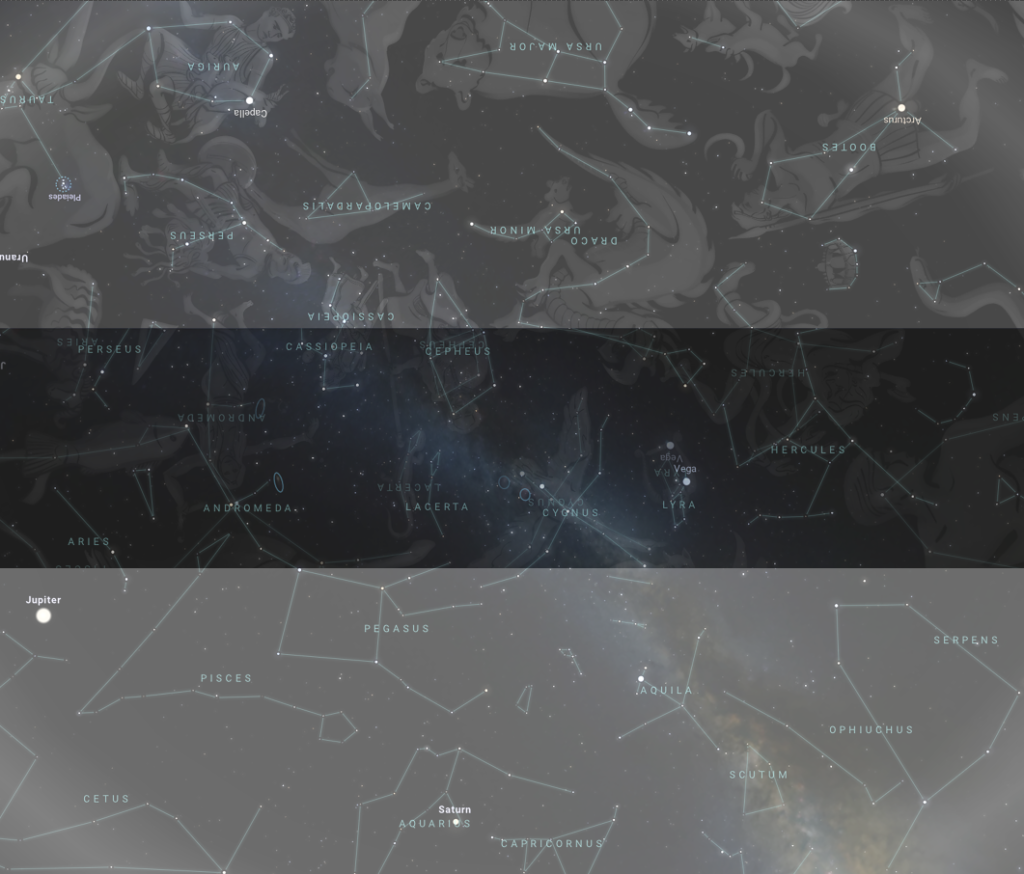
Stellarium Web Online Star Map (stellarium-web.org)
Sky-view-constellation-Orion.jpg (1201×1600) (britannica.com)
I initially started to look at Orion, as it’s the most easily recognised constellation from the Northern Hemisphere, but as I took my skymap images at 6am Orion wasn’t visible, I can see Orion from my garden in the evening. To move on I will use one of the constellations that is on one of the screenshots i have.
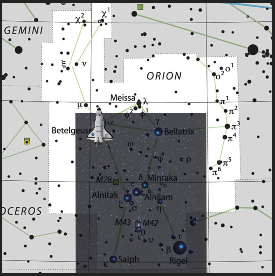
Above, Stephen Hawkins model of NASA Rocket, with night sky photo of Orion overlaid on Orion chart.
Seeing in the Dark . Astronomy Topics . Light as a Cosmic Time Machine | PBS
Some of these things we see in the sky take years to reach us (eg Siruis 9 years)
So if I am to use the speed of light as a time I need to stick to plantets in our solar system.
Some of these differ fractionally from my previous reference,
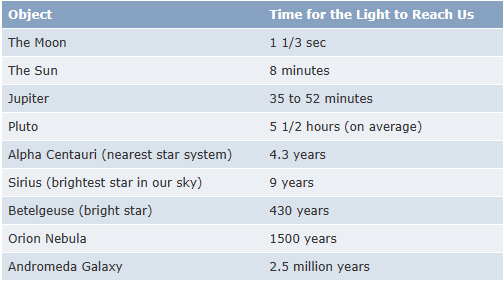
Animation: Using Planets to Visualize the Speed of Light (visualcapitalist.com)
NASA; time and distance for light to to reach planets from the sun, so a few more variations possible.
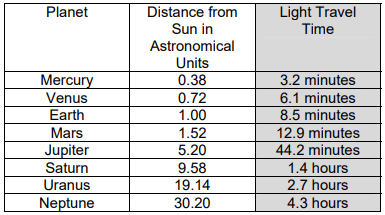
Practice run
Duration of Clip 8 minutes 17 seconds, the amount of time it takes light to travel from the sun to earth.
Illustrative constellations fade in and out from 0% to 100% in 3 minutes 2 seconds, the time it takes for light to travel one way between Earth and Mars.
I’m so glad that Ellie Ewart pointed out the number of items in the brief was for the digital archive and not the entire archive, I’m really annoyed with myself,
I’ve just reread the brief and notice it isn’t the entire 7.3 million bits, just the digital archive. I could quite well have got to the end without noticing-time to do some re-calculating. Quite annoyed with myself and my stupid reading
Even though I now know why I make these mistakes it doesn’t stop me from feeling like an absolute idiot. Then this pops into my head at 5 in the morning;
Chumbawamba – Tubthumping – YouTube
Recalculation
To include the digital archive only;
380000 items divided by 88 constellations is a far more manageable 4318 items per constellation.
I am going to work with Draco, which was clearly visiabe when I took the screenshots of the skymap.
The Draco Constellation contains 17 formally named stars. The star names approved by the International Astronomical Union (IAU) are Aldhibah, Alrakis, Alruba, Alsafi, Altais, Athebyne, Dziban, Edasich, Eltanin, Fafnir, Funi, Giausar, Grumium, Rastaban, Taiyi, Thuban and Tianyi. The brightest star in the constellation is Eltanin
Draco Constellation – Facts & Features – The Planets
4318 items divided by 17 stars is 254 items per star, that doesn’t seem unreasonable.
How will visitors revisit or reference what they have seen at the immersive experience?
Some visitors may be happy to wander through the immersive experience, take it for what it is, and enjoy it for the moment. Others however, may want more information on the items they have seen. I have been thinking about how this could be achieved, initially thinking some of kind of link flashing up after the item. I don’t think this would work on the items that are up for the duration of light from Earth to Moon (1.2s), as it would be too quick to copy/scan and I wouldn’t want a link displayed for longer than the artifact, it would take away from the experience both for those wanting more information, and even more so for those who are experiencing it in the moment, and not fussed about further investigation.
My first thoughts went to a downloadable phone app that is in sync with the timings and items flashing up for the duration of the visit, so the items can then be seen with more detailed information. However, not everyone has a smart phone, and if they do may not want to download an app.
There could be the option to scan a code or, write down url, or perhaps take a ticket from a machine with information so the visitor can see the last hours worth of randomly generated content,
Or to get content even more specific to their personal visit they could key in their arrival time on the way in, push a button, or scan a code? Clocking in/out machine? (Should really be space relevant, something to investigate further) Do the same on the way out and receive links to the archives they have been exposed to for precisely the duration of their visit.
If I was to have a ticket system to enable visitors to look up what they had seen I would like it to look something along the lines of this from 1836, not sure about the name but I really like design of the central black area.
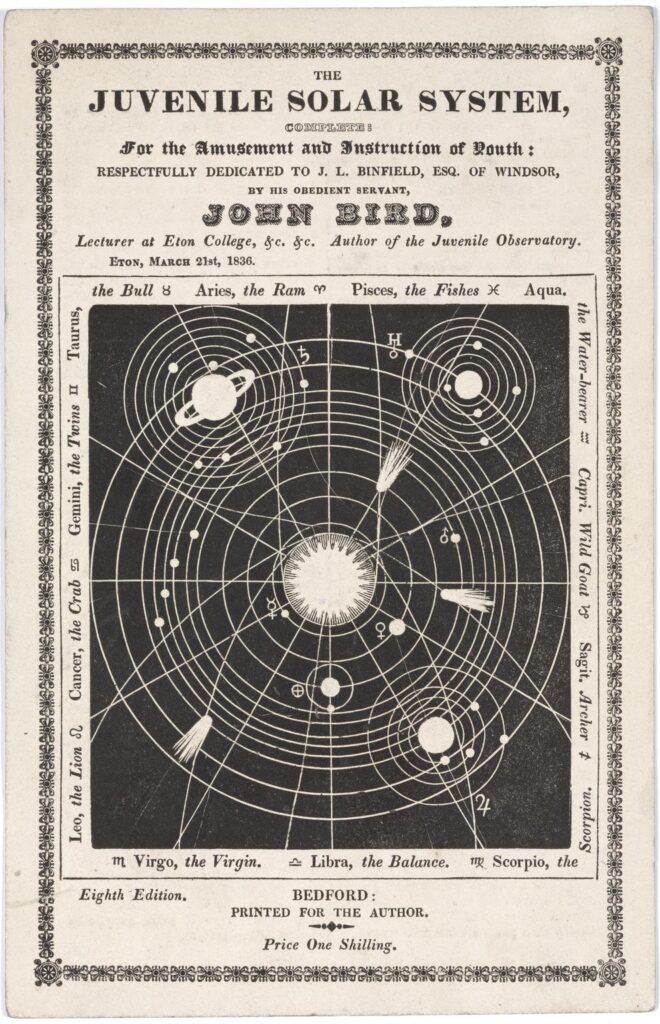
I like the concentric circles, they seem to feature a lot on solar system charts, again here on the magic lantern solar system.
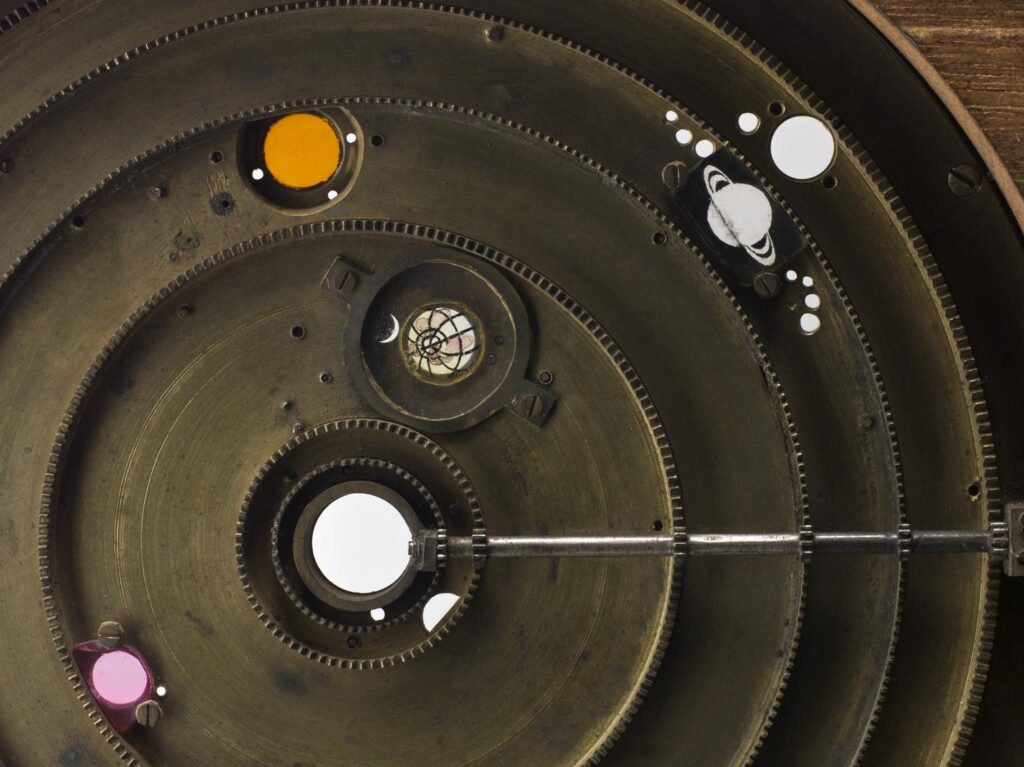
This almost makes me think that the concentric circles could be used as a walk through to get to the main central installation.
Excepting of course it isn’t flat, but a spiral, explained here in lots of scientific words;
Essentially for me the diagrams are lot easier to understand
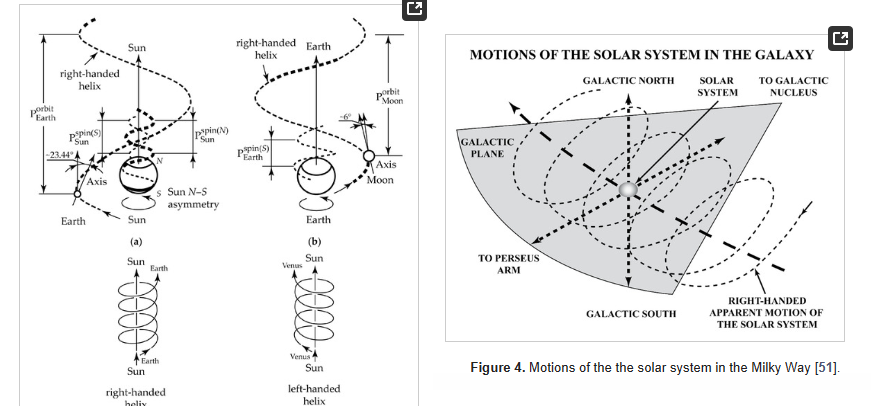
Therefore an installation could be accessed (wheelchair users?) by a decreasing/increasing spiral, that also represents the concentric circles shown in models of the Solar system. The likes of which I am finding impossible to sketch
After a reassuring tutorial I have found out I was correct with the number of items at 7.3M, so back to the calculations!
Also like Theresa’s idea of Hollywood stars, walk of fame, will try to incorporate.
I thought perhaps a concentric tunnel leading the way in, but decided against this as it could feel claustrophobic.
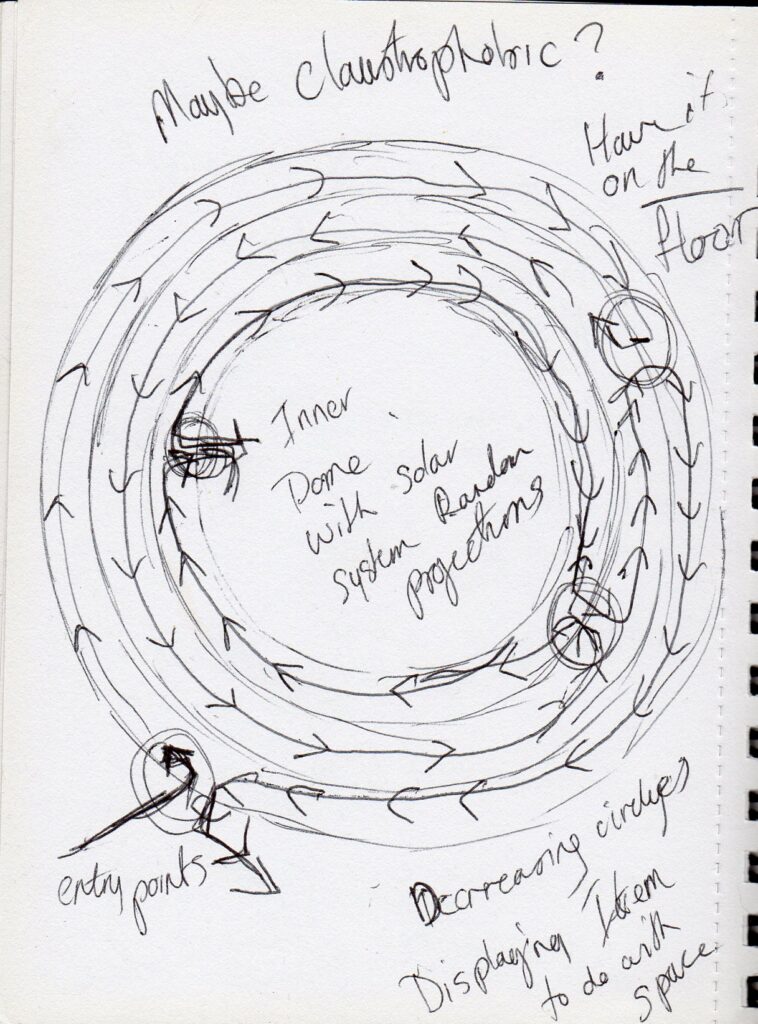
Rather than have the concentric circles as a way in, in will be on the floor, and where the planets are could be seating areas.
What is the Vertical Motion Simulator? (nasa.gov)
What the astronauts use and what the public can use as an experience.
Shuttle Launch Experience | Kennedy Space Center
And whilst looking for big bang simulation came across this, which would be no good for groups but something along these lines could be utilised for my installation.
An Amazing 360-Degree Simulation Of The Big Bang (fastcompany.com)
Before I get ahead of myself, the planets marked on the solar map would be made into interesting planetary seating areas
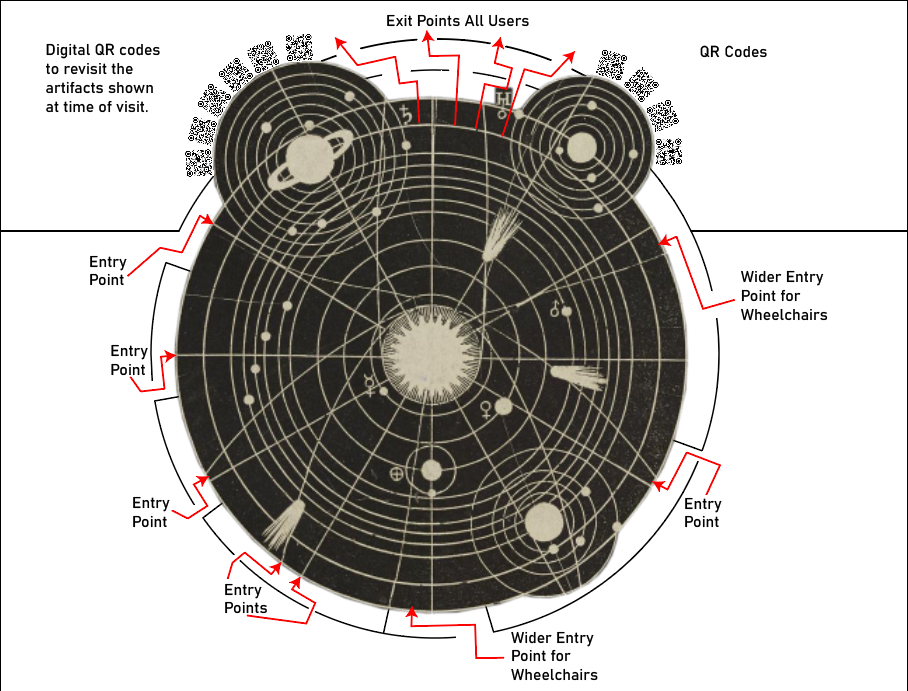
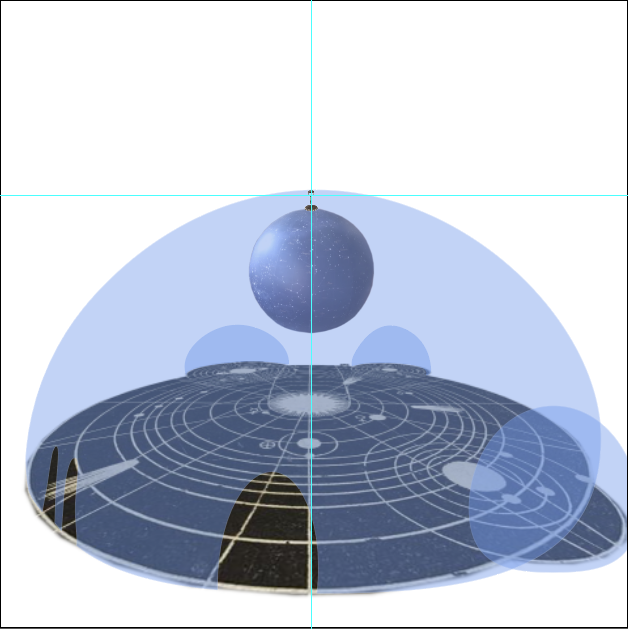
I originally thought of an earth globe suspended in the middle, then thought a modern celestial one would fit better, luckily I made one a few years ago and still have the photo.

